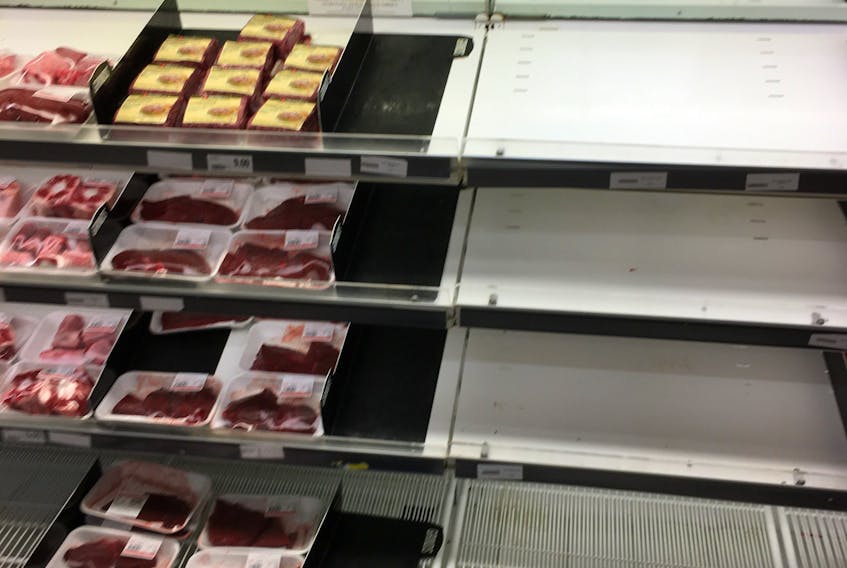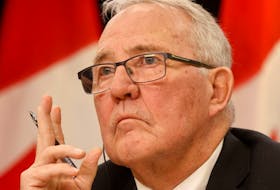As we adjust to living life with COVID-19, I think it is important that we look at how we make decisions, what evidence we use to support them, and who may be differently affected by those decisions.

There are lots of different ways to make decisions. Governments at all levels frequently call on experts, either inside the public service or from the outside, oftentimes from academia or think tanks or from professional associations.
Some engage in public and limited consultations to gain different perspectives and to source expertise that doesn’t fit neatly into the mould of academia or corporate environments.
Depending on the level of government and the mandates they have, some may rely on decisions made higher up the food chain as it were, assuming those first decision makers have done their homework.
Sometimes we get decisions that happened on the fly, because time, urgency or necessity demanded it. Usually these sorts of decisions get amended because we see negative or limited effects quite quickly.
The federal government’s COVID-19 employment benefit is one example.
Or we may fast track changes or improvements because new information comes along to support a change in direction. The change in policy re: masks, especially non-medical ones, for those who were not essential workers or health professionals is also an example.
“Evidence-based decision making” has been a phrase in use for quite awhile to describe how we should make decisions, although it doesn’t always actually happen that way. Recently I read how Sweden decided to go in a completely different direction to manage its COVID-19 response.
So, we can learn lessons from an unmanaged crisis as easily as from one that is well managed. We saw a lot of pressure from businesses to reopen, including a widely circulated letter from many prominent business leaders.
Unlike many of its European neighbours, Sweden didn’t impose a lockdown. I don’t know what evidence Sweden’s leadership used in its decision making, but I think it is safe to say it didn’t use the same information as other countries.
Had they accepted the recommendations of the World Health Organization, as well as the practice of other countries in imposing a lockdown, they could have avoided the deaths of 5,420, which analysts report is 40 per cent more per capita than the U.S., or 12 times more than Norway, seven times more than Finland and six times more than Denmark.
According to the New York Times, Sweden appealed to the sensibility of citizens to do the right thing. It also wanted to avoid an economic downturn.
It did not succeed. That’s because Sweden could not carry on business as usual when other countries were locked down. On top of their economic contractions, they also have more preventable deaths based on the statistics reported by their neighbouring countries.
So, we can learn lessons from an unmanaged crisis as easily as from one that is well managed. We saw a lot of pressure from businesses to reopen, including a widely circulated letter from many prominent business leaders.
But if we don't take care in understanding how and why we make decisions, we forget about who.
Who makes the decisions? Who is affected one way or another by particular decisions? Are some groups affected more positively and are others affected more negatively?
Once the curve was flattened reasonably well, meaning our rates of infection were declining fast enough so that our health systems were not overwhelmed by the need to care for severely ill people, what happened?
Here’s one decision worth examining. On June 13, grocery chains across the country eliminated the $2-per-hour wage bonus given to frontline (declared essential) staff, even though the companies all reported increased profits during a period.
In its quarterly report to shareholders, Loblaws saw a 10 per cent increase in revenues: grocery store sales grew 44 per cent, pharmacy sales grew 26 per cent and pharmacy front-store sales increased 42 per cent.
In comparison, Canada’s economy overall declined eight per cent in the first quarter, the worst quarterly drop since 2009 according to Statistics Canada. (I’ve read though that I should be comforted by the fact that economists predicted a 10 per cent drop. I’m not.)
In the pandemic, as we are still learning lessons on a daily basis, it’s vital for all of us to understand that the costs we incur go far, far beyond what you see on a corporate balance sheet.
Martha Muzychka is a writer and a columnist.









